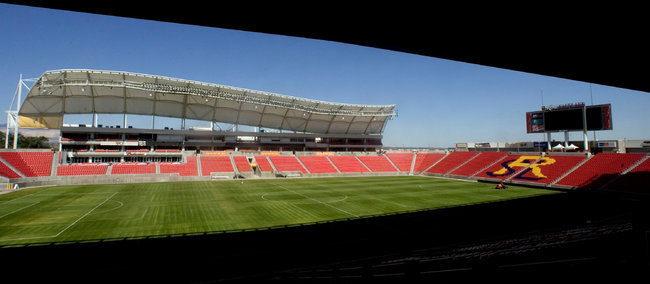Gun control: After Connecticut shooting, could Australia's laws provide a lesson?
Rohit Khare stashed this in potpourri

Source: www.slate.com
Stashed in: Weapons!, America!, Australia!, Maps!
Twelve days later, Australia’s government did something remarkable. Led by newly elected conservative Prime Minister John Howard, it announced a bipartisan deal with state and local governments to enact sweeping gun-control measures. A decade and a half hence, the results of these policy changes are clear: They worked really, really well.
At the heart of the push was a massive buyback of more than 600,000 semi-automatic shotguns and rifles, or about one-fifth of all firearms in circulation in Australia. The country’s new gun laws prohibited private sales, required that all weapons be individually registered to their owners, and required that gun buyers present a “genuine reason” for needing each weapon at the time of the purchase. (Self-defense did not count.) In the wake of the tragedy, polls showed public support for these measures at upwards of 90 percent.
As an Australian, my anecdotal impression is that it worked well. Gun owners generally felt that they got fair or generous compensation for their handed in weapons, and those who were enthusiasts turned around and bought a nicer bolt action, so the retail sector was happy.
Many think that the storage, and police inspection of storage, requirements are intrusive, but I never heard a lot of grumbling about the actual weapon restrictions.
BUT ... Australia's gun culture was and is very different from America's.
Going on those numbers there were about 3 million guns in Australia. There are about 300 million here. About 15% of households with a gun vs about 50% (off the top of my head) .
Gun owners in Australia tend to be rural. There is not a significant city or suburban gun culture. Australia is a much more urban country than the US. Nearly everybody lives in a large city, so country voters have very little influence.
The tighter federal restrictions were not a big step in the most populous states. Only one state allowed automatic weapons, and large caliber semi-automatic rifles were not common, and handguns were exceedingly rare.
The situation is completely different here. There will not be a wholesale ban of semiautomatic weapons. There could ever be enough school shootings to create single issue voters on the same scale as the NRA can. Finding $150 billion to buy them back would be improbable. Registration has been systematically opposed so there would be no way to find most of them.
At some point, America will again end up with a pointless compromise so politicians can claim to have "done something". The last assault weapon ban put legal restrictions on cosmetic features in an attempt to codify how scary a weapon looked. Manufacturers of course put out slightly modified versions immediately that it did not apply to.
Given that a buyback is impossible and unaffordable, existing weapons will be grandfathered in again. People have been stocking up, both for their own use, and on the assumption that a ban will increase the value of pre-ban, grandfathered guns, so there is a huge glut out there.
A token ban, will of course have no statistical effect which will delight its opponents.
High profile mass shootings motivate political change. Port Arthur in Australia and Dunbaine in the UK triggered a change in political tide, but they are a terrible basis on which to make legislative decisions. Civilian weapons that look like military assault rifles get all the attention, but about 50% of US gun deaths are by handgun, and they remain as politically unassailable as deer hunting rifles.
The US political climate around guns might change over generations, in the same way it has around cigarettes, but there will not be significant, effective, evidence based change in our life time. Once there are more untrackable guns than people out there the problem is already too hard.
Luke, thank you for that thoughtful set of comments.
I'm reminded of this map from http://gunmap.org/











1:48 PM Dec 17 2012